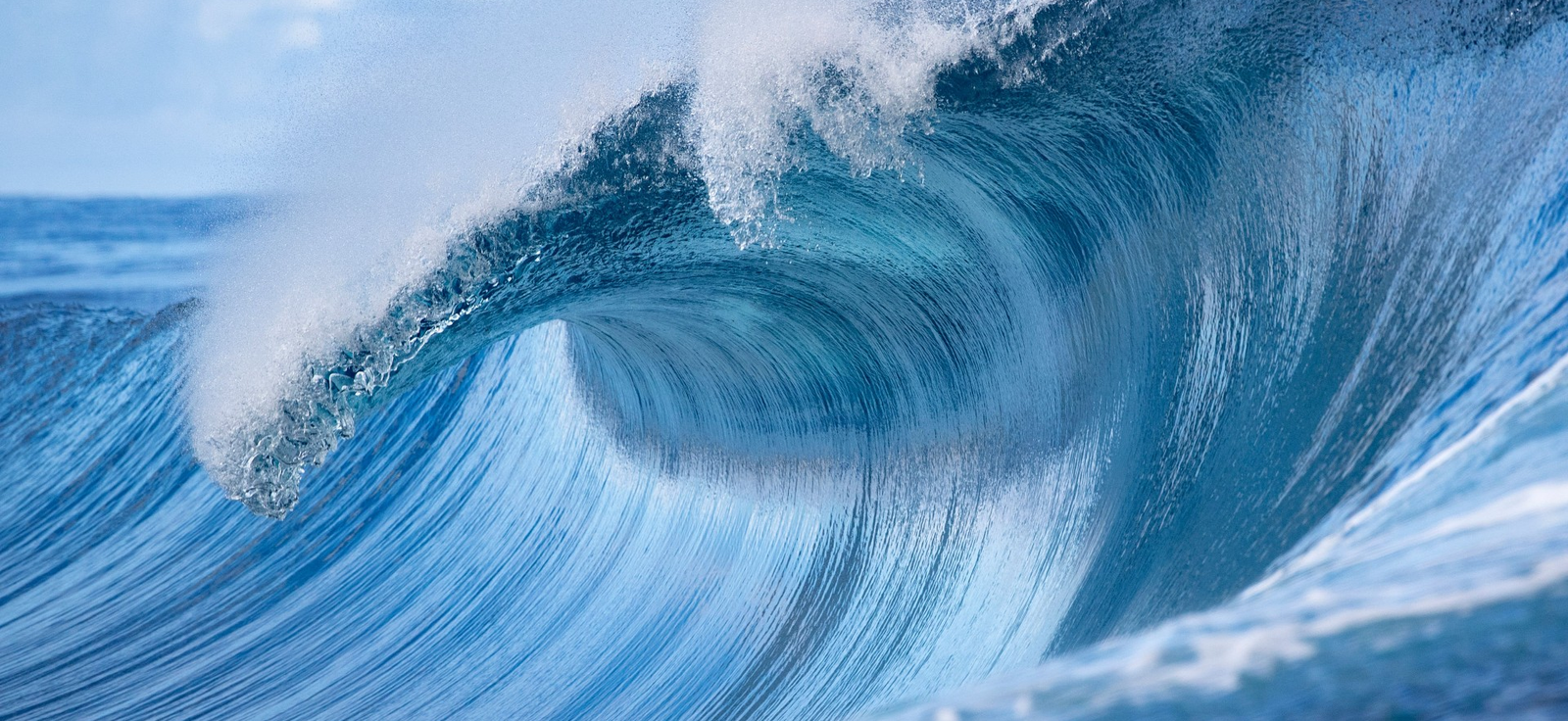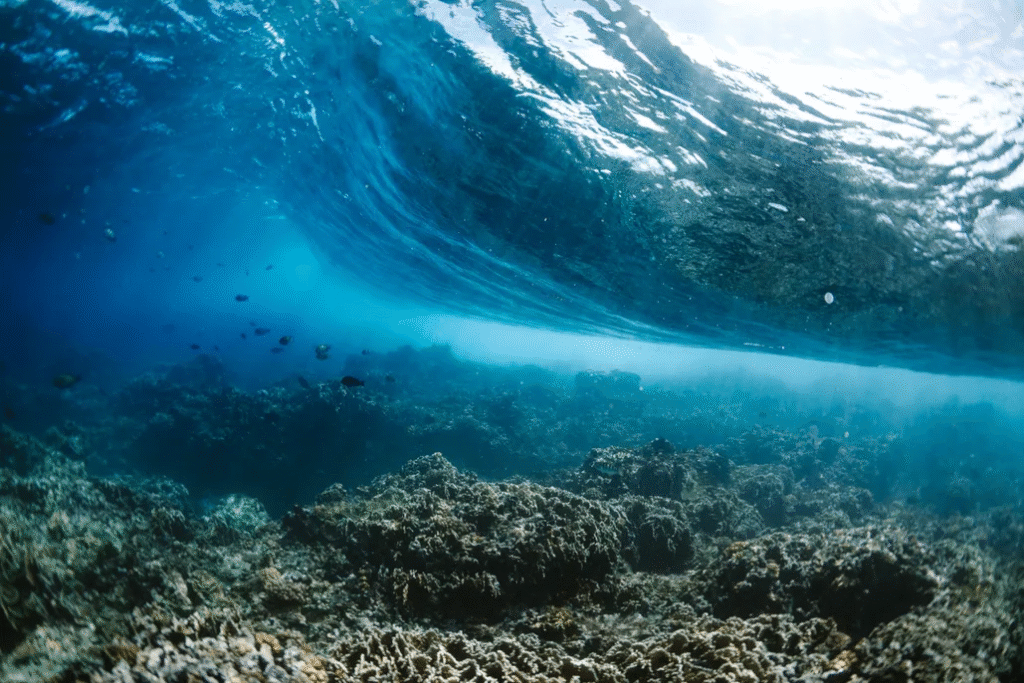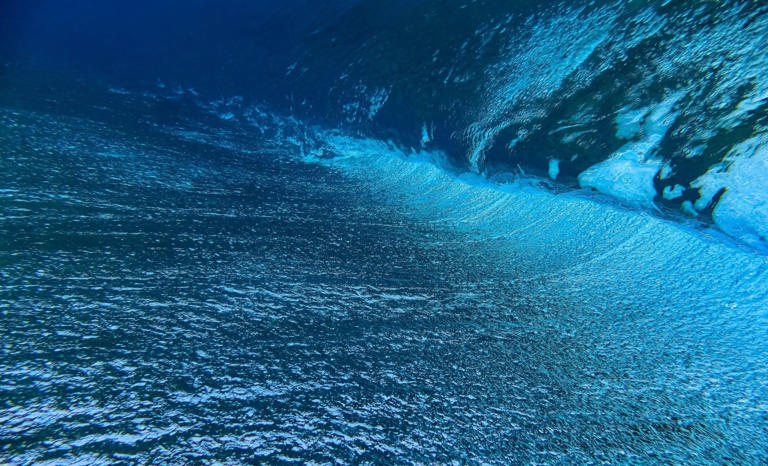Now Reading: Scientists Reveal How Long Water Really Stays in Oceans 2025
-
01
Scientists Reveal How Long Water Really Stays in Oceans 2025
Scientists Reveal How Long Water Really Stays in Oceans 2025

Table of Contents
Water is everywhere — in rivers, lakes, clouds, and deep under the ground. But more than 96% of all the water on Earth is found in the oceans. It might seem like ocean water just stays there forever, constantly moving in waves or tides. But the reality is far more interesting. Scientists have studied the water cycle for years and discovered something surprising — water in the ocean doesn’t stay there forever.
In fact, water molecules are constantly on the move, and each molecule has a different journey. Some might leave the ocean quickly, while others stay for thousands of years. But on average, water stays in the ocean for about 3,000 to 3,200 years.
What Is Water Residence Time?

To understand how long water stays in the ocean, we need to talk about a concept called “residence time.” In simple terms, residence time means how long a water molecule stays in one place before moving on.
Think of Earth’s water like a traveler. It might stop at a hotel (like a lake or an ocean), but eventually, it checks out and continues the journey. For the ocean, this journey is quite long.
The average residence time of ocean water is between 3,000 and 3,200 years. That means once a water molecule enters the ocean, it usually stays there for thousands of years before it leaves — usually by evaporating into the atmosphere and starting the cycle all over again.
The Water Cycle: A Never-Ending Journey
Water moves around our planet in a continuous process called the water cycle. Here’s how it works in easy steps:
- Evaporation – Sun heats up ocean water, turning it into water vapor.
- Condensation – The vapor rises, cools down, and turns into clouds.
- Precipitation – Water falls from clouds as rain or snow.
- Collection – Rainwater collects in rivers, lakes, and oceans.
- Infiltration – Some water seeps underground and becomes groundwater.
Once water returns to the ocean, it could stay there for a very long time—or just a short while. It depends on many factors like temperature, location, currents, and climate conditions.
Why Does Water Stay So Long in the Ocean?
Oceans are the largest water bodies on Earth. They hold about 1.35 billion cubic kilometers of water. Because of this massive volume, and the relatively slow exchange with the atmosphere, most of the water stays in the ocean for millennia.
Here are a few reasons why the ocean holds water so long:
- Depth and Volume: The ocean is deep and wide, so water molecules have fewer chances to escape quickly.
- Stable Temperatures: Ocean temperatures change slowly, so evaporation happens more gradually compared to lakes or rivers.
- Limited Outflows: Unlike rivers that flow out, the ocean doesn’t have many outlets. Water mainly leaves through evaporation.
Do All Oceans Have the Same Residence Time?
Not exactly. While the average for the entire ocean is around 3,000 years, different oceans and seas have different residence times. Here are some examples:
- Atlantic Ocean: Around 3,000 years
- Pacific Ocean: Longer, close to 4,000 years
- Indian Ocean: Shorter, around 2,000 years
- Arctic Ocean: Much shorter due to ice melt and water flows — around 500 years
Shallow seas and coastal waters also tend to have shorter residence times because they are more affected by tides, wind, river inflow, and human activity.
How Does Climate Change Affect This?
Climate change is having a growing impact on the water cycle. Rising global temperatures mean more evaporation, more intense storms, and changes in ocean currents.
This could lead to shorter residence times in some areas, while increasing them in others. For example:
- Melting ice caps add freshwater into the oceans.
- Warmer air can hold more moisture, which might pull more water from the sea.
- Stronger winds and currents may circulate ocean water more quickly.
Although 3,000 years might sound like a long time, the balance of the ocean’s water is delicate. Small shifts in temperature, salinity, and pressure can influence how long water stays in the ocean — and that could affect climate, weather, and even global water supply.
Why Should We Care?

Understanding how long water stays in the ocean might sound like something only scientists need to know, but it has real-world effects for everyone.
Here’s why it matters:
- Weather Patterns: The ocean stores heat and moisture, affecting rainfall, storms, and temperature.
- Sea Levels: Climate change and water movement influence sea levels, which can impact coastal cities.
- Water Supply: Ocean evaporation eventually brings us rainfall. It’s part of the cycle that gives us drinking water.
- Marine Life: The stability of the ocean environment depends on slow water movement and temperature changes.
In short, the health of the oceans is closely connected to the health of the entire planet.
Final Thoughts
Water might seem calm and still when you look at the ocean, but it’s always moving, always changing. A single water molecule might spend thousands of years in the ocean before joining the clouds and beginning its journey again.
While scientists estimate the average ocean water residence time as around 3,000 years, new changes in climate and human activity may shift this balance. Understanding this hidden journey of water helps us respect the Earth’s natural system.
Read More:- Deyaar’s Latest Announcement Shakes Up the UAE Property Market






















